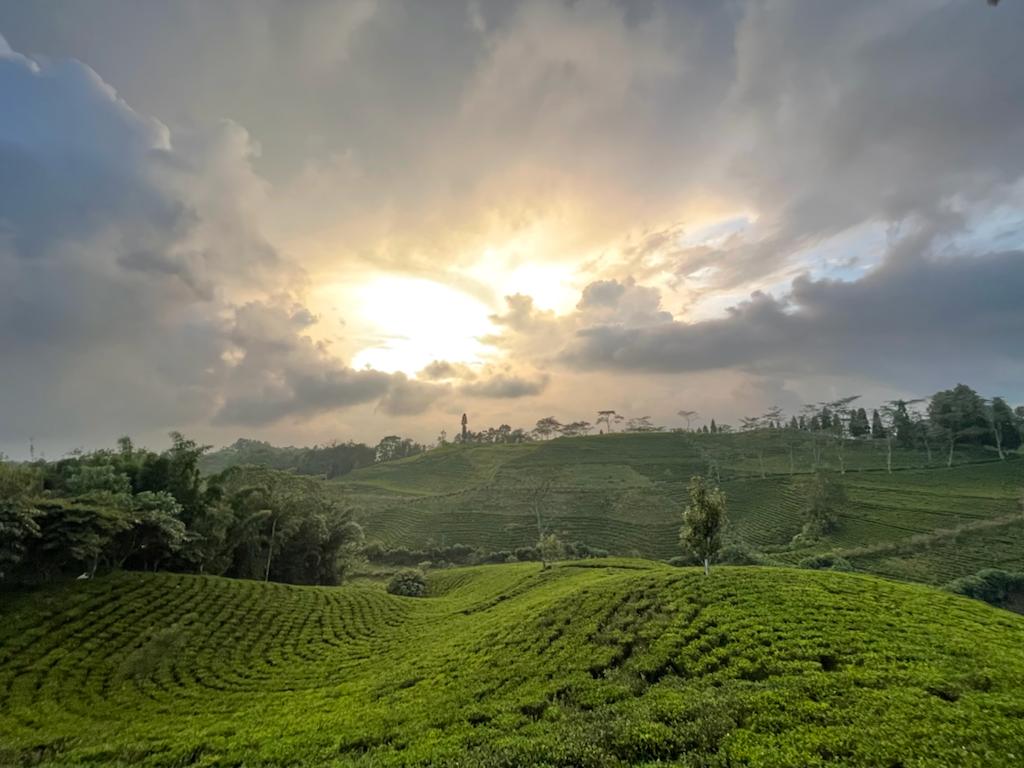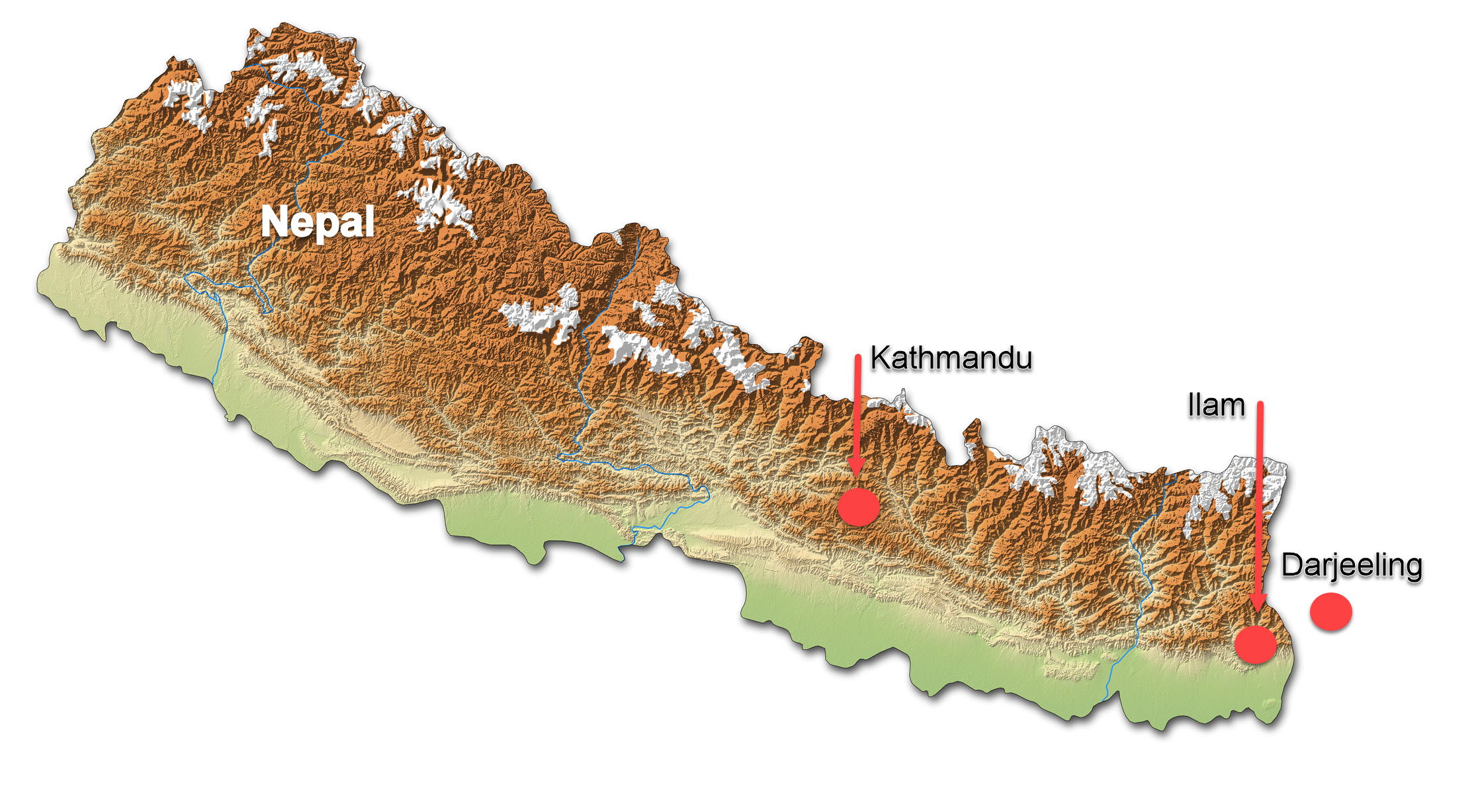
Nepal possesses every aspect of high brand equity on a global scale. It is a land of ancient heritage with breathtaking vistas, snow-capped peaks, and rushing streams. Its people are celebrated for their resilience, hardy physiques, and work ethic.
Nepal is blessed, but brands are built — not bestowed.
See: A Marketing Plan for Nepal Tea
In 2018, Sushil Gautam published a master’s thesis on creating a national brand. Gautam’s work describes the task of nation-branding, place-branding, and city-branding as community efforts. The thoughtful 50-pages of research identified cultural events and festivals as the core brand value, but this work offers valuable advice to the tea industry.
“Nation branding is a new field in branding that has a direct relation with tourism,” Gautam wrote. According to Gautam, tourism provides a framework to foster a national brand for Nepal. Gautam explains that “Nation branding is a multi-faceted topic. It heavily deals with various dimensions such as the country’s natural resources, unique culture, people, history, landscape, etc.,. Among them, the people are the most important aspect because they are the brand ambassadors of the nation’s brand as well as bearers of both the positive and the negative brand image.”
“The Nepal Tourism Board, the concerning authority for the tourism industry in Nepal, should consider the ‘6C approach’ described in this thesis,” Gautam wrote. The paper persuasively argues that investment in the local community is essential and that creativity, correlation, collaboration, and communication, lead to successful commercialization.
“No matter how much money the NTB spends on advertisements promoting the mountains, if the local community is not welcoming, its effort goes in vain. No matter how beautifully the lake or river is advertised, if the local community does not conserve it, it will not last for long,” concludes Gautam.
Implementing a locally-focused approach is directly applicable to tea.
 Paraphrasing Gautam, the primary means of communication are the tea industry’s actions and behaviors. Gautam encourages direct interaction with tea estates, tea workers, tea educators, and retailers. Secondary communication is more formal and includes promotions, advertising, and public relations with a strong emphasis on social media and online promotion. Tertiary communication refers to word‐of‐mouth from visitors engaged in tea tourism and consumers (online and in-person).
Paraphrasing Gautam, the primary means of communication are the tea industry’s actions and behaviors. Gautam encourages direct interaction with tea estates, tea workers, tea educators, and retailers. Secondary communication is more formal and includes promotions, advertising, and public relations with a strong emphasis on social media and online promotion. Tertiary communication refers to word‐of‐mouth from visitors engaged in tea tourism and consumers (online and in-person).
Nepal’s altitude, seasonality, soil, and various microclimates combine to establish a remarkably well-suited terroir to tea. Farms are small, and cultivars are stout, producing slow-grown leaves. Cold weather at higher altitudes ensures long dormancy and a more intense flavor in the leaf.
In much of the country, broken leaf prevails, mainly for domestic consumption and blending. But in the past few decades, orthodox processing has expanded as smallholders collectively produce commercial quantities of a clean leaf.
Embracing the theory begins by considering what makes Nepali tea unique.

Terroir and Technique
Nepal’s soils and climate are ideal for CTC (cut, tear, curl) and orthodox production. Still, its finest teas are an expression of the tea maker’s art inspired by the demand for delicate whites, oolongs, and airy black teas sold directly to wholesalers with a growing customer base in Europe, Asia, and North America.
Nepal produces bright teas that are full-bodied, floral, and fruity yet pleasantly “airy” with slight astringency. The industry is organized similarly to Japan and some regions in China, where many families focus their attention on cultivation, growing leaves for sale to local factories, or as part of a grower cooperative. Teamakers buy from 100 or more rural entrepreneurs.
See: Tea Processing at Innovative Jasbire Tea Factory
Consumer perceptions are reinforced by labeling, slogans, and beautiful settings, but the aroma, mouthfeel, and flavor of Nepal’s best teas are delightful beyond expectations. The article below profiles a few of the more successful brands that embrace artisan tea making and are ambitious in pursuing overseas sales.
See: Rural Entrepreneurs Establish Nepal’s National Brand
These brands include Sakhejung, Mist Valley Tea, MaiPokhari, Simpani, Guranse Tea, and Jun Chiyabari,
Most of the world’s tea (by volume) is consumed close by the tea lands where it is grown, but consumers far and near perceive the inherent value in authentic tea brands, which is why investing in creative branding pays substantial dividends, writes Gautam.